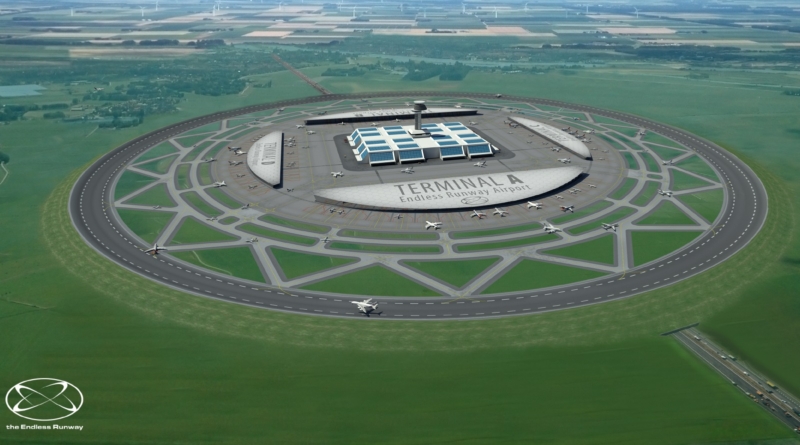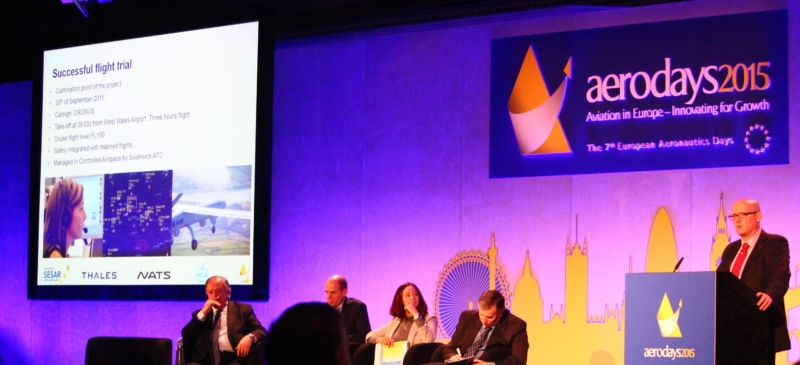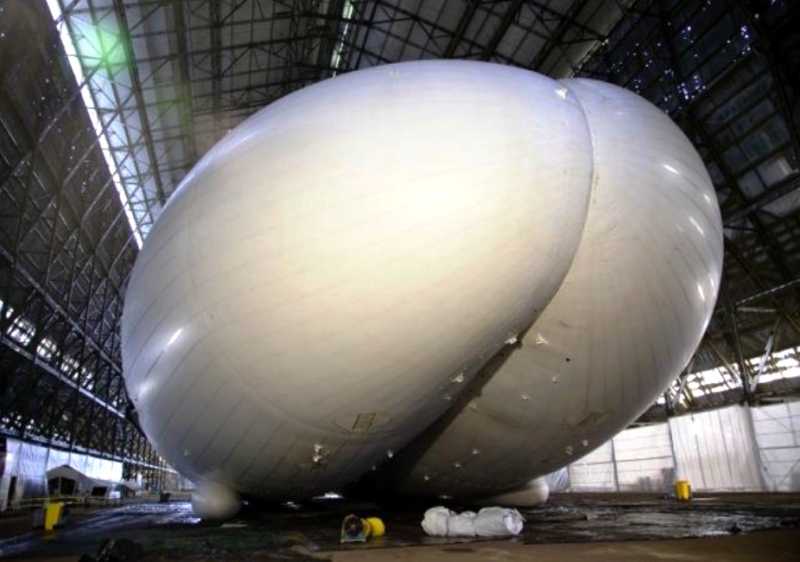Will a circular runway ever be cleared for take-off?
30 March 2017If you’re like me, I’m sure you will have read last week’s story about circular runways – The Endless Runway Project – with a huge amount of interest mixed with equal doses of incredulity and admiration.
On the surface the idea seems fanciful. An enormous, sloped, circular runway with the airport and its centre. A velodrome for jets instead of bikes.
But how would the project seek to overcome concerns around airframe stresses? Would an aircraft really be able to maintain the turning momentum on touchdown? Would the passengers be reaching for the sick bags? So it was fascinating to read the exclusive interview Senior R&D Manager Henk Hesselink has given to International Airport Review, which goes into far greater detail about the project and its aims.
Lead by the Netherlands Aerospace Centre, The Endless Runway Project is a radical idea for a new runway concept that would affect the operation and construction of the whole airport.
“This runway is a circle that has no limitations on where to take-off or land,” explains Henk. “This makes it possible to fly in from or out to any direction. The size of the circle is pretty large; its diameter is 3.5km…[and the] total length of the runway therefore is 10km.”
Theoretically, this would give the airport the capacity of a four runway airport, despite the runway only being the equivalent length of three. And unlike today’s runways that operate from fixed directions, there would be far greater choice of arrival and departure routes that in turn could help provide periods of noise respite for local communities and help pilots better avoid poor weather.
On the flip side, this would currently be very challenging from an Air Traffic Management perspective without the help of new decision support tools. It would mean allocating sections of the runway for use by arrivals and departures that would only be valid for a specific time period based on the expected flight schedule and the actual traffic situation. While the proposed idea of having 18 different arrival and departure routes would currently be next to impossible, especially in airspace as congested as the UK’s. You can read more about the project’s ATM concept here.
Henk also acknowledges that the sloped nature of the runway would require it to be substantially wider than most today. “We calculated that the runway must be extended up to a width of 140 metres to allow this as a safe operation. Flight tests have been performed in the 1960s using military aircraft, where pilots reported that the runway was easy to use and the bank angle made them move to the right path quickly.”
And as for whether it would feel like passengers were riding the latest attraction at Disney Land, Henk insists that “a maximum of 1.2G will be experienced” something he describes as being similar riding a train on a curved track.
So maybe it’s not quite as far-fetched as it may first seem and there do seem to be some admirable, albeit theoretical, benefits. However, to me the two biggest questions that will need to be addressed are around the economics – a circular runway would likely cost 1.5 times more than what we use today – and ATM safety. But this is a long term project with a likely lead time of decades, not months or years, and is one that I will continue to watch with interest.
Modern aviation is sometimes criticised for being slow to innovate, so examples like this are absolutely to be celebrated. The industry has always traditionally had and will continue to need pioneers; from the Wright Brothers and Amelia Earhart to Robert Watson Watt and Frank Whittle. World firsts like our transition to Time Based Separation at Heathrow and the advent of 4D trajectories show that it is never wise to be too complacent.
An idea only seems impossible until it is done.
Comments
Please respect our commenting policy and guidelines when posting on this website.






30.03.2017
11:12
Bill Barclay
Re circular runways, surely the governing factor is wind direction? Most airports have prevailing wind directions therefore the majority of times the flight path will be in maybe two planes, does that not then mean that the same part of the runway would be getting used? Or does the banking preclude the need to take off and land into the wind?
31.03.2017
10:09
Kåre Ingebrigtsen
It certainly would make it harder for the Nimby’s to protest the addition of a third runway 😉
31.03.2017
10:26
Aimee Turner
It’s ‘Amelia’ Earhart.
31.03.2017
11:32
Steve Balfour
No.
31.03.2017
14:05
Kyle Skilton
I’m interested to see how Nav Aids will work with this circular design, given that the points for take off and landing are free to be moved to anywhere on the circle. Although with this poised as a solution for around 2050 and beyond, it’s hard to say what advancements in navigation will be in service by then.
31.03.2017
18:18
Bernie Husbands
My concern would be in emergencies, where maybe an engine on one side fails near to V1. The pilots would have asymmetric forces to deal with, which could be quite a challenge keeping it on a circular runway.
05.04.2017
09:10
Brendan Kelly
Head of Q&C Management SolutionsThanks, Aimee! Good spot and duly amended.
09:10
Brendan Kelly
Head of Q&C Management Solutions05.04.2017
12:47
Steve Balfour
Turbulence caused by the ‘banking’ structure would be an issue, also the W/V passed prior to take off would be meaningless at the point of rotation, 60 degrees or more further round. How many anemometers would you need? it’s interesting that on the futuristic picture, the airfield has a proper tower and VCR…….Does this mean that ‘remote towers’ didn’t work out?
17.04.2017
22:56
Ronnie Brooks
I once took this company seriously, but of late, they appear to have lost the plot. What is this garbage ?
06.03.2019
19:25
Steve Balfour
Hi Brendan……Our EGCC retired group met recently and this topic, and your name, cropped up. How about using Brooklands as a trst-bed?